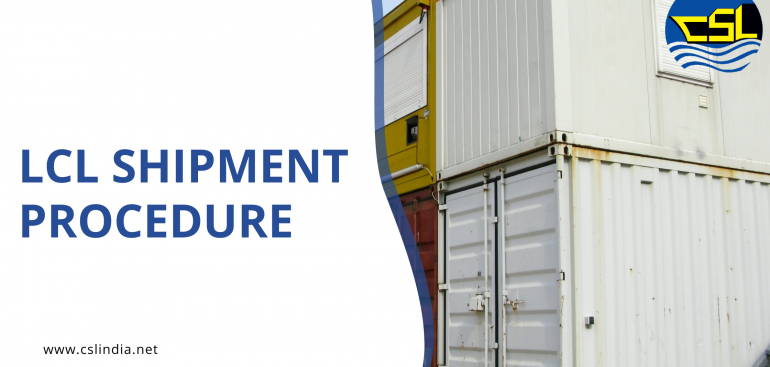LCL shipment procedure In the LCL shipment procedure it is essential to provide dimensions as well as the weight of the cargo being transported by the freight forwarder and the required documents to be shipped. Once you have all the measurements and documents in place to be used for LCL transportation, […]
- Call us: +61 3 8376 6284
- Email: support24-7@gmail.com

